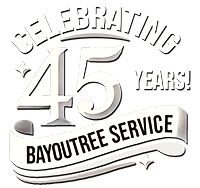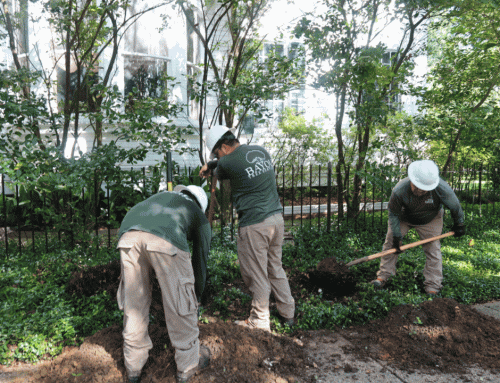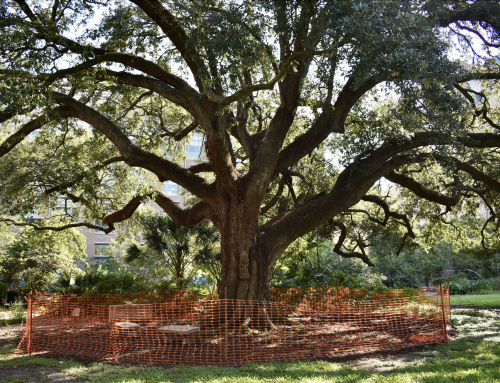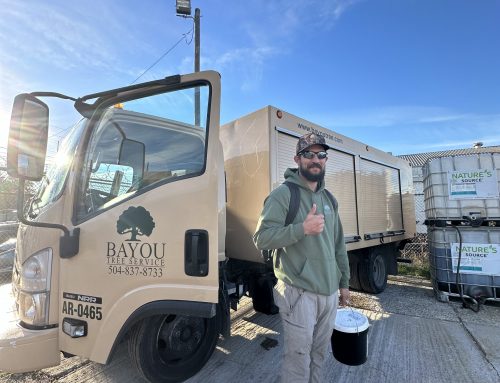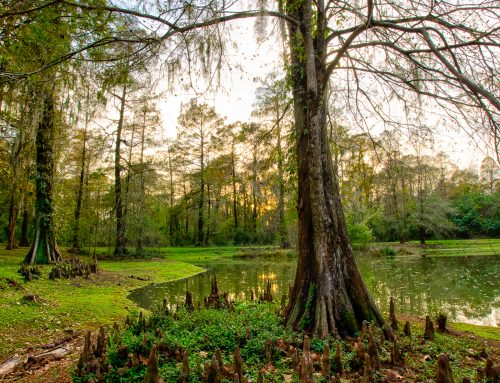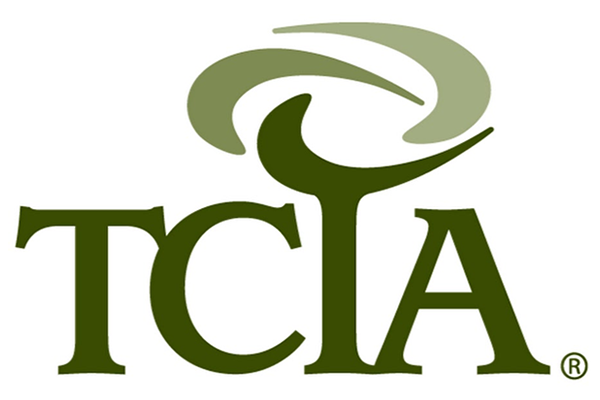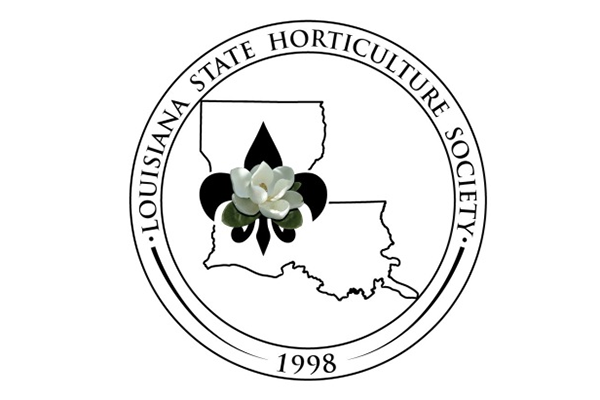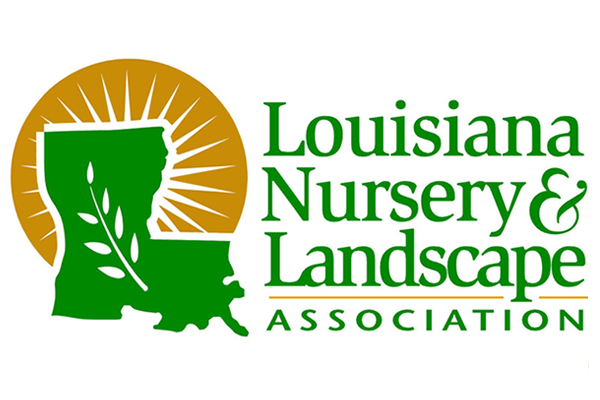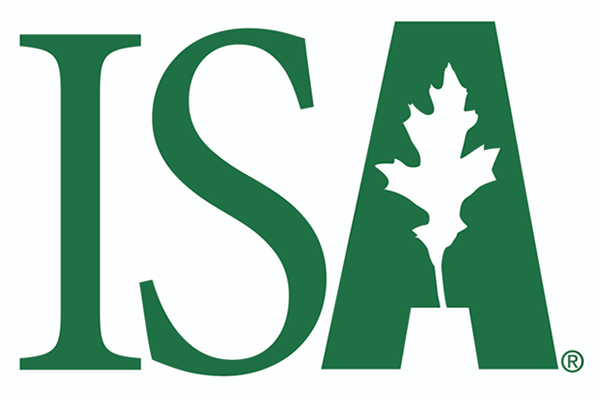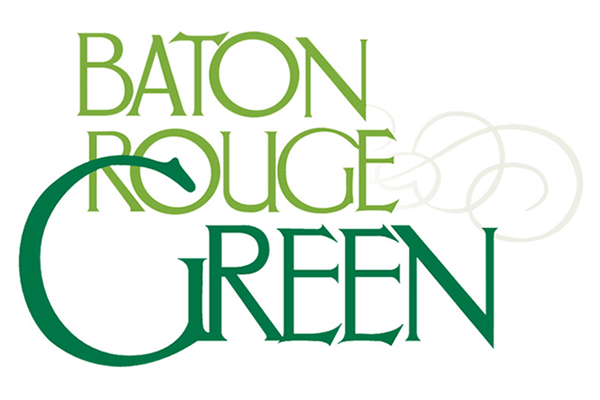Palm trees bring a touch of the tropics to New Orleans, but they’re not immune to serious diseases like lethal bronzing. This fast-spreading disease can be deadly, and early detection is key to protecting your landscape. If your palm is showing signs of decline, it’s time to act quickly.
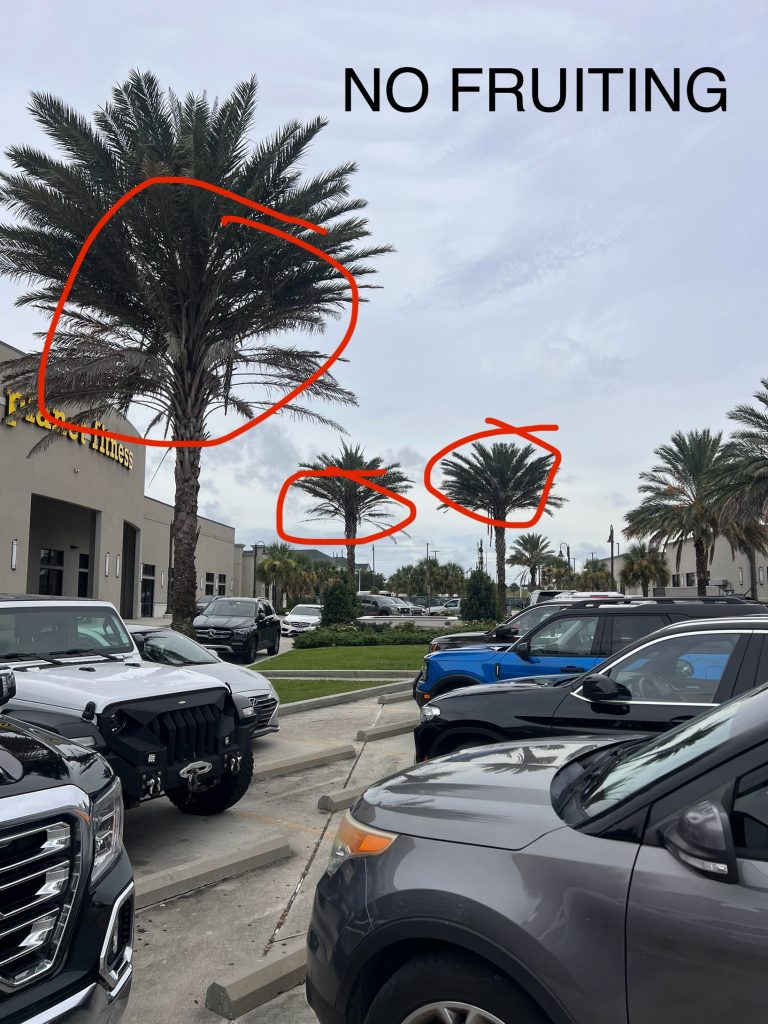 Subtle Signs That Signal Trouble
Subtle Signs That Signal Trouble
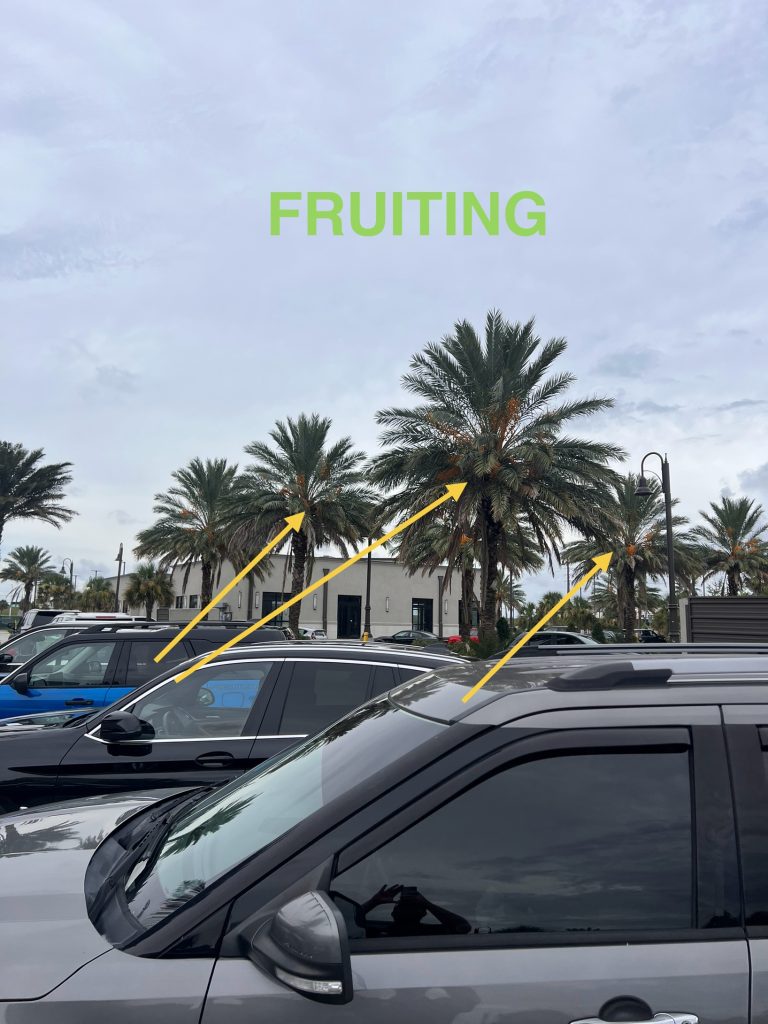 While any general palm decline should raise concerns, these specific symptoms may indicate lethal bronzing:
While any general palm decline should raise concerns, these specific symptoms may indicate lethal bronzing:
- Stopped Growth Spike – The central spear (growth spike) stops elongating, freezing in place.
- Gap Between Fronds – A visible separation between older fronds and newer growth means the tree has stopped producing new leaves.
- Missing or Delayed Fruit – A lack of fruiting bodies—or fruit that appears later than normal—can be an early red flag.
- Bronze-Tinted Fronds – The disease gets its name from this symptom: fronds turn a distinct bronze or reddish-brown color, starting from the oldest leaves and moving upward.
Lethal Bronzing in New Orleans: How It Arrived
According to the LSU AgCenter, lethal bronzing was first detected in 2013 from Canary Island date palms (Phoenix canariensis) in Orleans Parish, specifically in New Orleans’ City Park. Over time, the disease spread to other areas in Orleans Parish and neighboring parishes. By 2020, it had been confirmed in East Baton Rouge, Iberia, Jefferson, St. Bernard, West Baton Rouge, and Orleans Parishes.
The disease is caused by the phytoplasma Candidatus Phytoplasma palmae (16SrIV-D) and is terminal—meaning that once a palm is infected, it will eventually die. The AgCenter emphasizes that symptomatic palms or those with dead spear leaves must be removed immediately, and nearby palms—even those without visible symptoms—should be tested. Quarantine regulation guidelines for lethal bronzing were revised in 2020 to slow its spread, and USDA pest datasheets were updated in 2021 to reflect the latest findings.

Why Quick Action Matters
Lethal bronzing has no cure. Once a palm is infected, it will eventually die, but your arborist can take steps to slow the disease’s progression. These include:
- Preventative Treatments – Targeted injections can help protect nearby palms from infection.
- Strategic Pruning – Removing dead or dying fronds can help maintain the tree’s appearance and safety.
- Testing Surrounding Palms – Even healthy-looking palms near an infected one should be tested for the disease.
Protect Your Landscape
If you notice any of these warning signs, call your arborist immediately. Acting quickly not only gives your palm a fighting chance for a longer life, but also helps safeguard the rest of your palms from the same fate.
